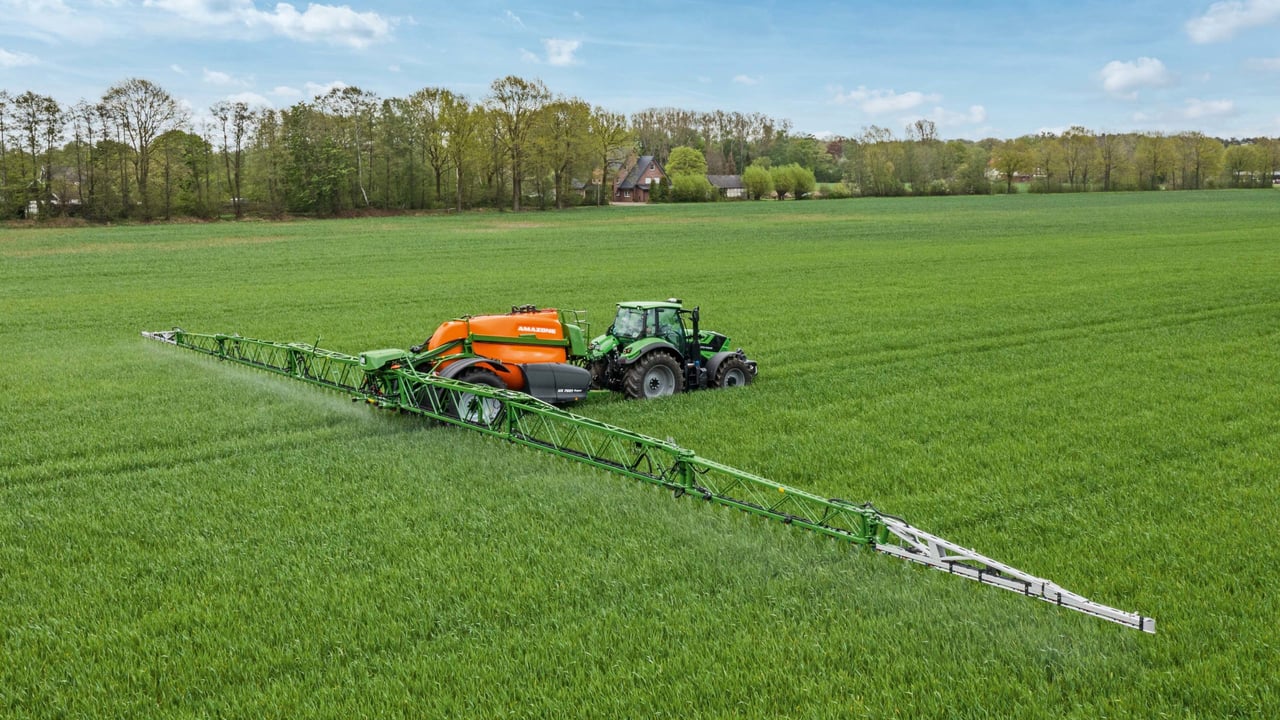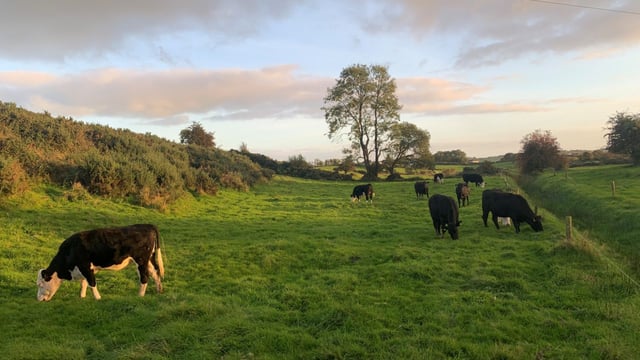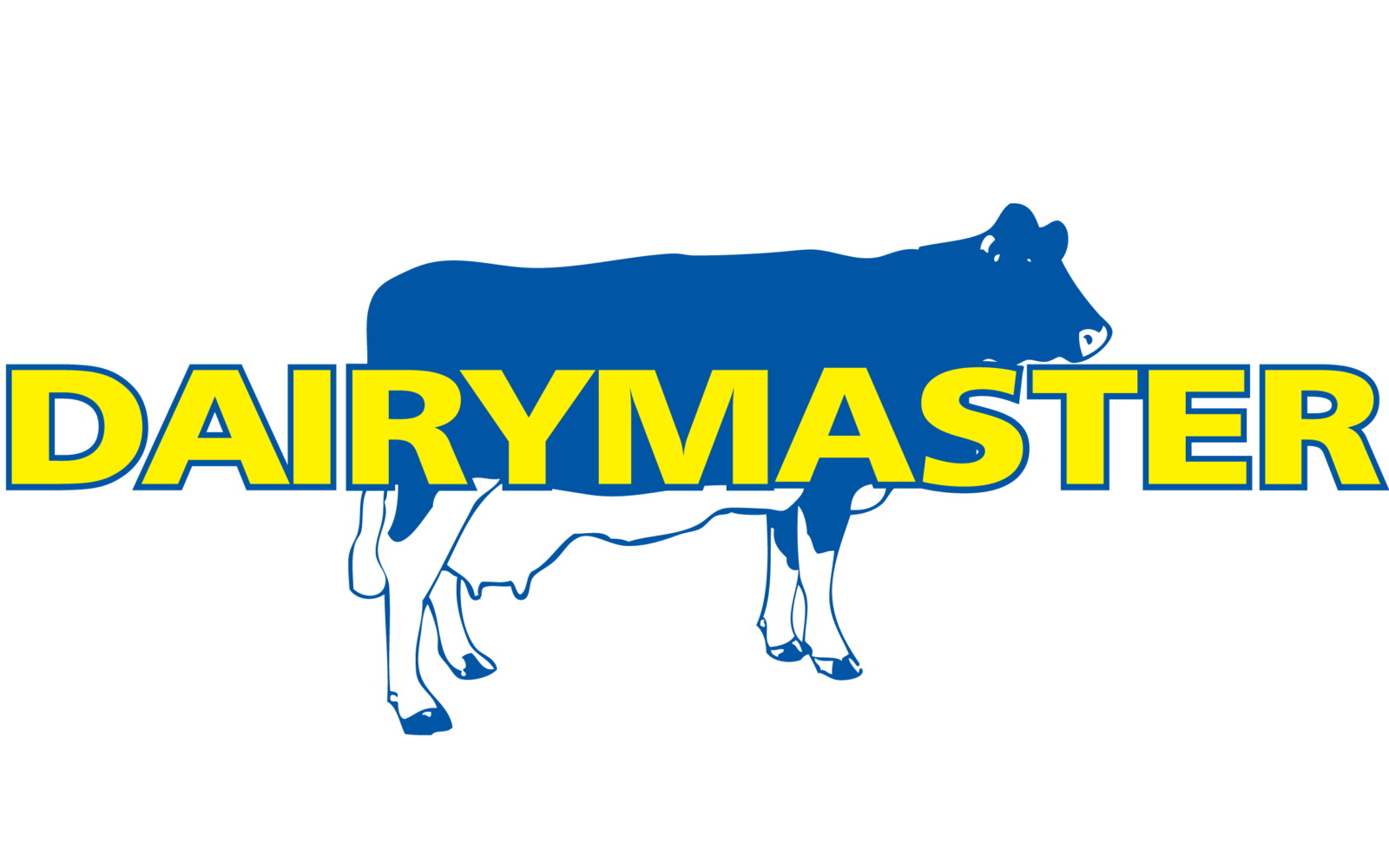Tillage: Concern growing over misapplication of fungicides
Tillage specialists are concerned at reports of tillage farmers mis-using Proline and generic prothioconazole fungicides on spring barley crops.
Shay Phelan, tillage specialist at Teagasc, told Agriland: “This is all about protecting the chemistry for the future. Proline and prothioconazole-based generics should always be applied with a partner fungicide from another chemical group.
“Application rates should be at least 50% of the recommended values. However, we are hearing reports of some farmers applying the fungicide at one third the recommended rate.”
Phelan outlined why many tillage farmers have adopted this approach
“The thinking seems to be that taking this approach will give up to 10 days’ disease cover.
“But this is a false economy. The end result will be the development of fungal resistance to prothioconazole.
“If this happens, then the options when it comes to achieving early stage fungal control in barley crops, become almost non-existent.”
The Teagasc representative recognises that disease pressures in most cereal crops are low at the present time.
This is a direct consequence of the continuing dry spell.
“But this is not the point. The misuse of any fungicide opens up the possibility of fungal resistance becoming a reality.
“And Proline/prothioconazole are vitally important when it comes to securing disease control barley crops at the present time,” Phelan said.
James Byrne, technical sales manager at Bayer, said: “We have to protect prothioconazole for the future.
"If widespread resistance does become an issue, then the outlook for effective disease control within barley crops becomes extremely challenging.
“There really is no Plan B as new chemistries are few and far between these days and especially a triazole with the broad efficacy that prothioconazole has.”
Byrne said Bayer has over the past 20 years continuously brought prothioconazole mixture solutions to market in order to protect the chemical.
“And to date this strategy has been successful. Products like Fandango, Siltra and Macfare have been formulated with at least one other strong ingredient on barley diseases.
“As a result, prothioconazole is never left to do the work alone,” Byrne added.
According to Teagasc, approximately 50% of fungicide products on the market contain prothioconazole (e.g., Proline), and in practice, most spring barley crops will receive two applications this season.
Given the widespread use and limited remaining azole options, protecting this active ingredient from resistance development is critical.
Prothioconazole should always be applied in combination with a partner fungicide from a different chemical group that also targets the disease in question.
So growers should avoid using low rates or applying it alone, especially when tank-mixed with herbicides, as this significantly increases the risk of resistance development.
The ideal timing for the first fungicide application in spring barley is from late tillering to growth stage GS30.
Targeting this window helps suppress early disease and supports tiller survival, which is essential for achieving high shoot numbers and maximising yield potential.





